This is an encore of a Musings originally posted on this page on August 16, 2018, with a couple of additions.
Conrail – or Consolidated Rail Corporation – came into being in 1976 and the majority of it disappeared corporately in 1998 when the other two major eastern U. S. railroads – Norfolk Southern and CSX – acquired its assets and split the spoils, so to speak.
The image above is not of an original Conrail locomotive … rather it’s a modern-day Norfolk Southern locomotive painted as a Conrail unit. (Norfolk Southern has a whole series of locomotives painted to represent one of the many railroads which trod the rails that it now controls.)
Before moving on to display the logos and emblems of many of Conrail’s predecessors, I wanted you to see, or be reminded of, Conrail’s bright blue paint scheme featuring its logo, which many rail-fans described as the “can opener.” If you spent any time near any of the thousands of miles of tracks spread throughout much of the northeast quadrant of the U. S. that the railroad served during the last quarter of the last century, it’d been hard not to have seen these big blue babies!
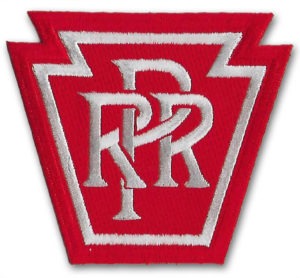
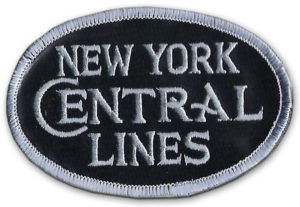
The road that led to Conrail’s launch in 1976 had its beginnings in 1968 when the region’s two largest railroads merged to become PennCentral, which was a disaster from the outset, as it was an “apples and oranges” marriage of two totally dissimilar “cultures” and systems. (The only thing they seemed to be united on was painting a lot of locomotives black and applying their corporate logo.) Matters were only made worse when, a year later, government regulators forced PennCentral to accept the merging of the bankrupt New Haven Railroad into its troubled organization. Less than a year would pass before PennCentral itself declared bankruptcy!
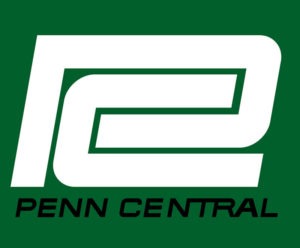

It was now 1971 and most every other railroad in the Mid-Atlantic region was also bankrupt … so the government was left with little choice but to take action as, while weak, these railroads and much of their infrastructure were still vital to the nation’s commerce and defense.
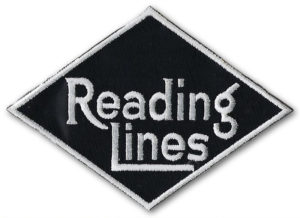
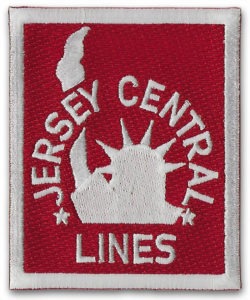
Two of those were the Reading Company, which I grew up with … it was my favorite, as its West Trenton main line passed where I lived during my early school-age years. Not only was there the electrified local passenger trains, there was the daily local freight — pulled by a steam locomotive known as the Camelback (see link below) — and, most exciting, the express passenger trains, including the streamlined Crusader, headed to Jersey City, New Jersey. Those trains utilized the Central Railroad of New Jersey — which served the central New Jersey and northeastern Pennsylvania region — tracks to get to their northern destination.
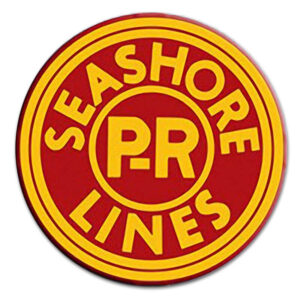
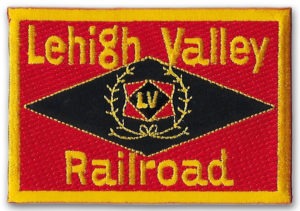
Not to be overlooked are two railroads owned jointly … the Pennsylvania Reading Seashore Lines — which ran from Camden to Atlantic City and other southern New Jersey seaside vacation communities — and the Raritan River Railroad, which was owned by the Jersey Central and the Pennsylvania. There’s also the Lehigh Valley, which had trackage from the Lehigh Valley area up through Pennsylvania and into central and western New York state, plus the Lehigh & Hudson River, primarily a “bridge line” which ran from a large rail yard in Maybrook, New York, down to the Lehigh Valley. Once the New Haven was merged into PennCentral and traffic over the Poughkeepsie bridge fell to almost nothing, the L&HR lost most of its business.
If you are familiar with railroad history for the northern New Jersey and northeastern Pennsylvania area, you may ask, “what about the other shortline which pretty much paralleled the Lehigh & Hudson River, the Lehigh & New England.” While profitable through much of it history, which dates back to the 1800’s, by the late-1950’s, the line had begun experiencing a significant downturn in business … so, in 1961, the Company’s Board of Directors voted to cease all rail operations. Most of its trackage was liquidated; however, the Central Railroad of New Jersey did take over some of the lines in northeastern Pennsylvania. Hence, the L&NE had departed more than a decade before Conrail came on the scene to pick up the remnants of what remained of active railroad routes in the Pennsylvania-New Jersey-New York-southern New England region!
And, finally, the last two which would become part of Conrail when it officially launched on April 1, 1976 … none too soon for most of these rail operations, which were limping along and struggling to keep operating.
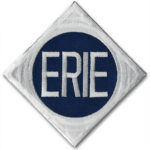

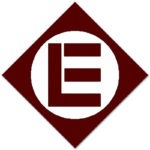
The Erie Railroad and the Delaware, Lackawanna and Western had merged in 1960, as they had much duplicate trackage in northern Pennsylvania and the southern tier of New York. Initially, plans were to remain independent; however, with storms causing washouts and the economic downturn in the early 1970’s, management found they had little choice but to join in the Conrail amalgamation.
While the railroads would officially disappear on April 1, 1976 with Conrail management assuming control, the heritage names and logos would continue to be seen on many locomotives and railcars for a long time to come.
As noted … come 1998, the Conrail assets were acquired jointly by CSX and Norfolk Southern. The only visible remains of the Conrail name can be seen in northern New Jersey and the Philadelphia and Detroit metropolitan areas … where an entity named Conrail Shared Assets — jointly owned by the two “big guys” — continues to serve customers on the various spurs and branches formerly owned by the heritage railroads which served those territories.
This is a general overview of how Conrail came into existence. If you’d like to know more about the heritage railroads noted here, here’s a link to a Trains magazine article. For more on Conrail itself, you can read about it here: Conrail Wikipedia page.
As a closing note, let me say that most of the emblems/patches shown here are from a collection recently donated to the National Railway Historical Society by the estate of William Martin, a railfan photographer and videographer. William’s collection also includes hundreds of rail-related still photos and miles of video footage … which the Society hopes to one day make available for public viewing.
Image Credits: copyright 2012 Tony Kimmle
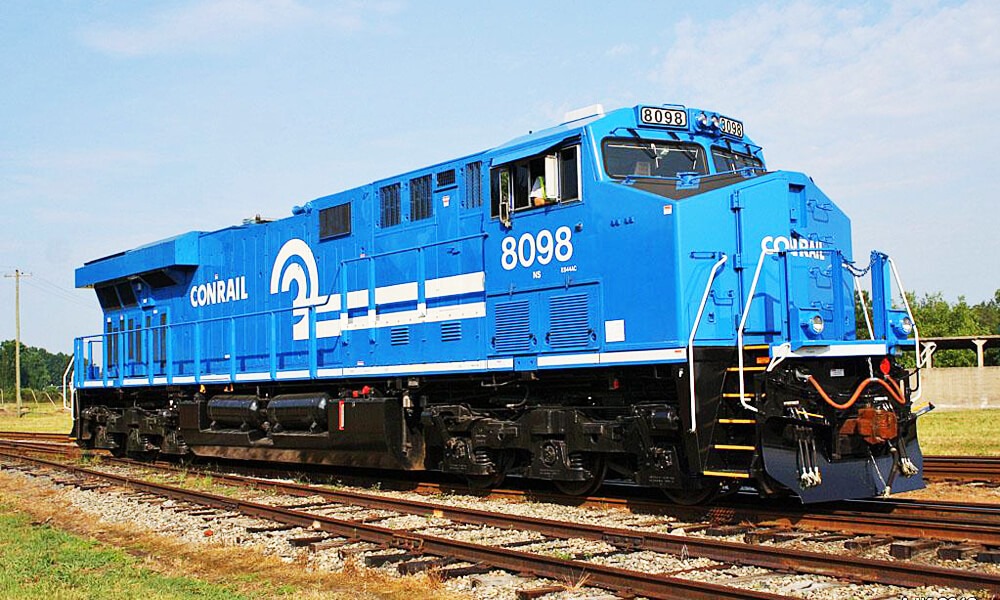
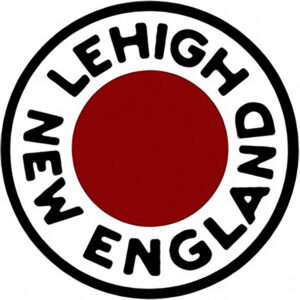
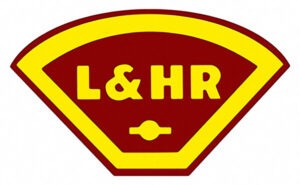

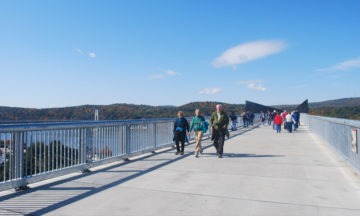
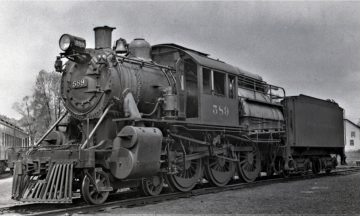
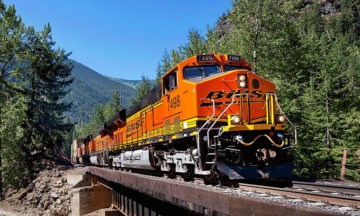

You did an awesome job with your Conrail aka Big Blue article. I was a Locomotive Engineer with them. Thank You!!!
Your Conrail article is one of the finest write ups of what was the underlying reason that carrier was created.